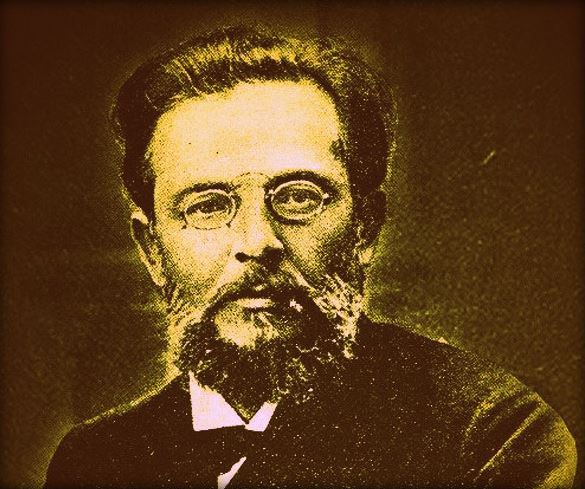
On March 12th, 2021, the website of the Armenian Apostolic Church’s Eastern Prelacy, Armenianprelacy, published a brief praise-filled biography of a radical Armenian figure named Kristapor Mikaelyan for his commemoration.[1]
It is established that Mikaelyan, who is among the founders of the “Armenian Revolutionary Federation - Dashnaksutyun” (ARF), which is closely identified with Armenian acts of terror, is regarded as an Armenian hero within Armenia and the Armenian Diaspora that has expanded to various regions in the world, is among the prominent names in Armenian history and those who believed that an “Independent Armenia” can be realized through methods of terror.
Mikaelyan
In the biography’s introduction, it is alleged that Mikaelyan devoted half his life to the “cause of the liberation of the Armenian people from foreign oppression”. The biography emphasized that Mikaelyan adopted revolutionary and socialist views during the period of his education and strived to spread his views in the circles he was a part of. It is known that, during the period of his studies in the University of Moscow, he became a member of the Russian revolutionary terrorist organization Narodnaya Volya. It is also on historical records that he was arrested twice (in Tbilisi and Baku).
The biography presents Mikaelyan as a figure who finalized a very difficult task of uniting the Armenian political parties and groups engaged in liberation struggle. It is underlined that Mikaelyan, together with Simon Zavarian and Stepan Zorian (Rostom), founded the “ARF” in 1890 in Tbilisi. Mikaelyan was the originator of the ideological and organizational foundations that would ensure the organization’s advancement and was among the authors of the party’s program.[2]
The Armenian Revolutionary Federation
The ARF, Armenian Democratic Liberal Party – Ramgavar and the Social Democrat Hunchak Party are three political organizations that hold historical and political influence within Armenia and the Armenian Diaspora. With its deep-rooted history, the ARF is established in various parts of the world, especially in the US, France, Lebanon, Syria, Iran and Argentina, and continues to advocate “Armenian revanchism”. In addition to its political party organization, the ARF also utilizes the platforms it creates, such as youth and women’s branches, charity networks and sports organizations, in line with its objectives. Preventing the Diaspora from losing its Armenian identity as a consequence of assimilation and creating politically influential diaspora communities are among the ARF’s primary and ongoing aims.[3]
A Mouthpiece Of The ARF’s Terror: Droshak Newspaper
Another matter that was conducive to Mikaelyan becoming a known figure within the Armenian community was his position as editorial director of a newspaper named “Droshak” (Flag), which was the ARF’s official news organ. It is known that the September 1894 issue of Droshak, published in Tbilisi, Paris and Geneva, published the ARF’s first party program.[4]
It is documented in the research related to Armenian history that a section titled “Terror” was published regularly on the last page of Droshak starting in 1903 and that this publication decision was realized in accordance with the directive of Mikaelyan. In a study of the “Review of Armenian Studies” journal, a January 1897 copy of Droshak is evaluated and it is concluded that the newspaper openly conducted terror propaganda. The study indicates that the Droshak newspaper addresses the 1896 Van Revolt and the Dashnak insurgents are portrayed as the “protective angels of the Armenians” and are viewed as heroes. It is striking that attempts are made to conceal the defeats suffered in the Van Revolt and the Armenian readers are continuously called on to take revenge.[5]
The statement below, belonging to a Droshak author, reflects the intransigent and violence-prone mentality of the ARF:
“We neither believe the sultan, nor the diplomats. We Armenians, we finish the year ‘96 happier compared to the beginning. We face the year ‘97 with more faith. We continue to be careful … and we certainly declare that it is necessary for us to always struggle. We are convinced that the only way for the salvation of Armenians is revolution. The world wants us to have this sacred fight, of which we are convinced of as well. Only the free Armenians deserve to be members of this world. We also believe that our enslaved people, as well as our ruined homeland and the sacred memory of our hundreds of thousands of martyrs want this sacred fight from us. We start this new year shouting ‘Fight! Fight! A more unrelenting fight!’ ”[6]
Pro-Armenia Newspaper
The biography expresses that Mikaelyan was the driving force behind the French-language Armenophile Pro-Armenia newpaper published in Paris.[7] It is noted that famous French left-wing politicians and authors have contributed to this newspaper. Georges Clemenceau, Jean Jaurès, Anatole France, Francis de Pressensé, Victor Bérard and Pierre Quillard are among these figures. A study of the “Review of Armenian Studies” journal emphasizes that these French figures, who had very limited knowledge regarding the Ottoman Empire, deemed the Armenians as progressivists and the Turks as reactionists in general.[8]
The mentioned “Review of Armenian Studies” [9] journal’s study and the book titled “To Kill a Sultan - A TRANSNATIONAL HISTORY OF THE ATTEMPT ON ABDÜLHAMID II (1905)”[10] state that the Pro-Armenia newspaper was considered to be a continuation of Droshak, however, unlike Droshak, Pro-Armenia adopted a broadcasting policy of concealing its terror-sympathizing stance and displaying a clearly anti-imperialist approach.
Potorig
The single sentence written in Mikaelyan’s said biography regarding the organization named “Potorig” (Storm) established by him in 1901 described the organization as requesting financial support from wealthy Armenians for the “revolutionary cause”. The fact which is missing from this description is that, while this so-called Armenian charity association led by Mikaelyan collected money from wealthy Armenians with the excuse of the “Armenian homeland’s freedom”, it did not refrain from resorting to methods such as threats, blackmail and murder when considered necessary against the Armenians that refused to cooperate. A notorious instance of Potorig’s murders against the Armenians that refused to pay tribute was an Armenian merchant named Isahag Zamharyan, who was stabbed with a dagger by a Dashnak terrorist in the yard of an Armenian church in Moscow.[11] These collected funds have also been described as a “revolutionary tax”.[12]
In this context, there are studies in which Mikaelyan is described as a “specialist” in blackmailing, threatening, violence, assassinations and bombings.[13]
It has been highlighted that the large amount of extorted money collected by the Dashnaks through Potorig has been used for the financing of many activities, including the Pro-Armenia newspaper, the assassination attempt against Sultan Abdülhamid II and the Sasun revolts.[14]
The 1905 Bombing Organized By The ARF At The Yıldız Mosque
The bomb assassination attempt, code named as “Operation Nejuik”, carried out in 1905 against Sultan Abdülhamid II at the Yıldız Mosque exit is depicted as one of the greatest and most sensational political conspiracies of modern times.
According to the biography, the assassination project against Abdülhamid II, which was going to be conducted under the responsibility of Mikaelyan, was presented to the third ARF congress in 1904 and approved.[15] In addition to this, some ARF leaders were opposed to Mikaelyan’s presented assassination project and his involvement in it. An author who has studied Mikaelyan expressed that Mikaelyan was obsessed with the assassination project.[16]
It is stated that, on the day of the assassination attempt, letters were sent to the Austrian, French and Russian embassies expressing that the ARF claimed responsibility. After the explosion, the Ottoman police discovered dozens of explosive devices throughout Istanbul. It is explained that only a portion of the material used in the making of the bomb was allocated for the assasination attempt against Abdülhamid and that the rest of the explosives were planned to be used with the aim of spreading the chaos that would ensue after the Sultan’s death.[17]
Mikaelyan, together with Vram Kendirian, died in Bulgaria, as a result of an explosion while they were experimenting with explosives (several months before the assassination attempt). Although the untimely death of the conspiracy’s leader led to serious conflicts within the organization and brought the conspiracy to the brink of being annulled, the plan continued.[18]
It is asserted that Pro-Armenia was influential in the Belgian syndicalist anarchist Edward Joris’, who was one of the accomplices, joining of the Armenian cause.[19]
Mikaelyan’s Legacy And Armenian Terrorism Today
As a result of the Nagorno-Karabakh War in the Fall of 2020 ending in defeat for Armenia, which occupied the lands belonging to its neighbour Azerbaijan in the 1990’s and is abstaining from establishing good neighbourly relations with its other neighbour Turkey, in order for peace to be achieved in the South Caucasus, it is crucial that lessons are taken from the mistakes that have been recurring from the years of the ARF’s initial establishment to the present.
In a period when there are hopes for the Nagorno-Karabakh War to have positive repercussions over the Turkey-Armenia relations, the US’ scandalous decision to release Hampig Sassounian, who is the murderer of the martyred Consul General of the Republic of Turkey in Los Angeles, Kemal Arıkan, will constitute a justification for the nationalist Armenian circles to continue their intransigent attitudes.
Although there is a generational gap between Sassounian and Mikaelyan, these two individuals, who are deemed to be heroes by the Armenian people, are not different from eachother in terms of their mentality and understanding of terrorism. It is very likely that Mikaelyan was an inspiration for Sassounian.
*Photograph: Kristapor Mikaelyan
[1] Death Of Kristapor Mikayelian (March 17, 1905), The Eastern Prelacy of the Armenian Apostolic Church, accessed March 12, 2021, http://www.armenianprelacy.org/
[2] "Death Of Kristapor Mikayelian (March 17, 1905)".
[3] Turgut Kerem Tuncel, “Ermeni Devrimci Federasyonu-Taşnaksutyun”, AVİM, Analiz No : 2015/4, 10 February 2015, avim.org.tr/tr/Analiz/ERMENI-DEVRIMCI-FEDERASYONU-TASNAKSUTYUN
[4] Halil Özşavlı, “Ermeni Milliyetçilik Hareketlerinin Doğuşu Taşnak- İttihat Ve Terakki İttifakı”, Ermeni Araştırmaları, Sayı 41 (2012), p. 162.
[5] Jean-Louis Mattei, “ ‘Droshak’ Newspaper: A Newspaper That Openly Supported Terrorism”, Review of Armenian Studies, Issue. 31 (2015), pp. 226, 232-233, 234, 237.
[6] Mattei, “ ‘Droshak Newspaper’…”, p. 233.
[7] "Death Of Kristapor Mikayelian (March 17, 1905)".
[8] Mattei, “ ‘Droshak Newspaper’…”, p. 240.
[9] Mattei, “ ‘Droshak Newspaper’…”, p. 240.
[10] Houssine Alloul, Edhem Eldem and Henk de Smaele, To Kill a Sultan - A TRANSNATIONAL HISTORY OF THE ATTEMPT ON ABDÜLHAMID II (1905), (Palgrave Macmillan, 2018), pp. 216-217.
[11] Güler Yarcı, “Ermeni Komitelerinin Mali Kaynakları”, Ermeni Araştırmaları, Sayı 51 (Eylül 2015), pp. 288-289.
[12] Alloul et al., To Kill a Sultan: A Transnational History, p. 39.
[13] Mattei, “ ‘Droshak Newspaper’…”, p. 232.
[14] Yarcı, “Ermeni Komitelerinin Mali Kaynakları”, p. 290.
[15] "Death Of Kristapor Mikayelian (March 17, 1905)".
[16] Alloul et al., To Kill a Sultan: A Transnational History, pp. 38-39.
[17] Alloul et al., To Kill a Sultan: A Transnational History, pp. 16, 53, 72.
[18] Alloul et al., To Kill a Sultan: A Transnational History, pp. 47-50.
[19] Alloul et al., To Kill a Sultan: A Transnational History, p. 214.
© 2009-2025 Center for Eurasian Studies (AVİM) All Rights Reserved
No comments yet.
-
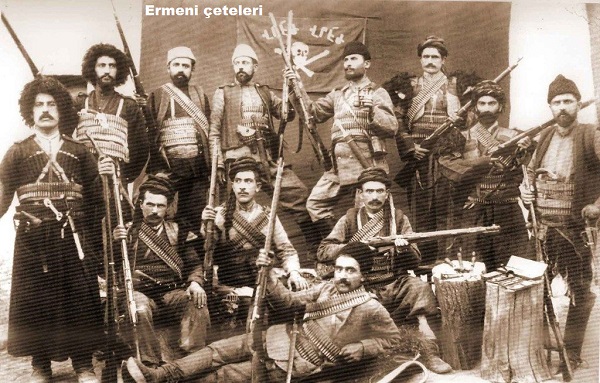 ANOTHER INSTANCE OF RADICAL ARMENIAN NATIONALISM AND TURCOPHOBIA BEING JUSTIFIED: SUMBAD BOROYAN
ANOTHER INSTANCE OF RADICAL ARMENIAN NATIONALISM AND TURCOPHOBIA BEING JUSTIFIED: SUMBAD BOROYAN
Ahmet Can ÖKTEM 18.10.2020 -
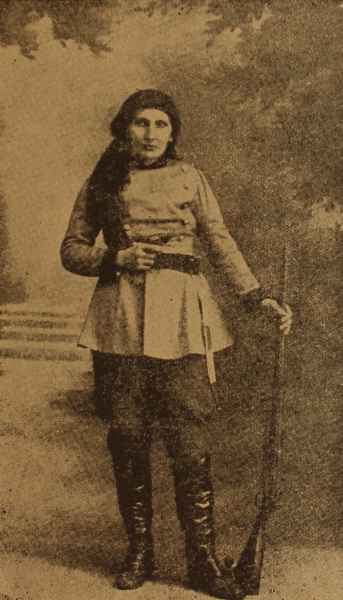 SOSE “MAYRIG” VARTANIAN: A “FIGHTING HEROINE MOTHER” FOR THE RADICAL ARMENIANS
SOSE “MAYRIG” VARTANIAN: A “FIGHTING HEROINE MOTHER” FOR THE RADICAL ARMENIANS
Ahmet Can ÖKTEM 17.02.2021 -
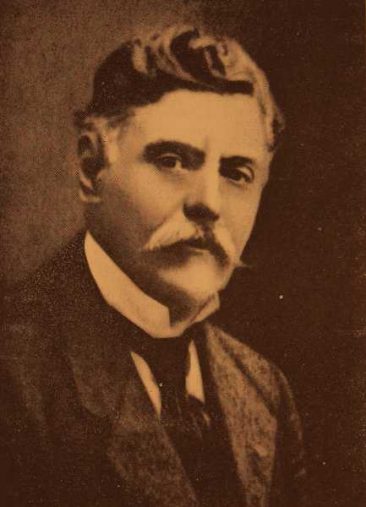 THE ARMENIAN APOSTOLIC CHURCH’S US EASTERN PRELACY NARRATES THE TREASON
THE ARMENIAN APOSTOLIC CHURCH’S US EASTERN PRELACY NARRATES THE TREASON
Ahmet Can ÖKTEM 25.05.2021 -
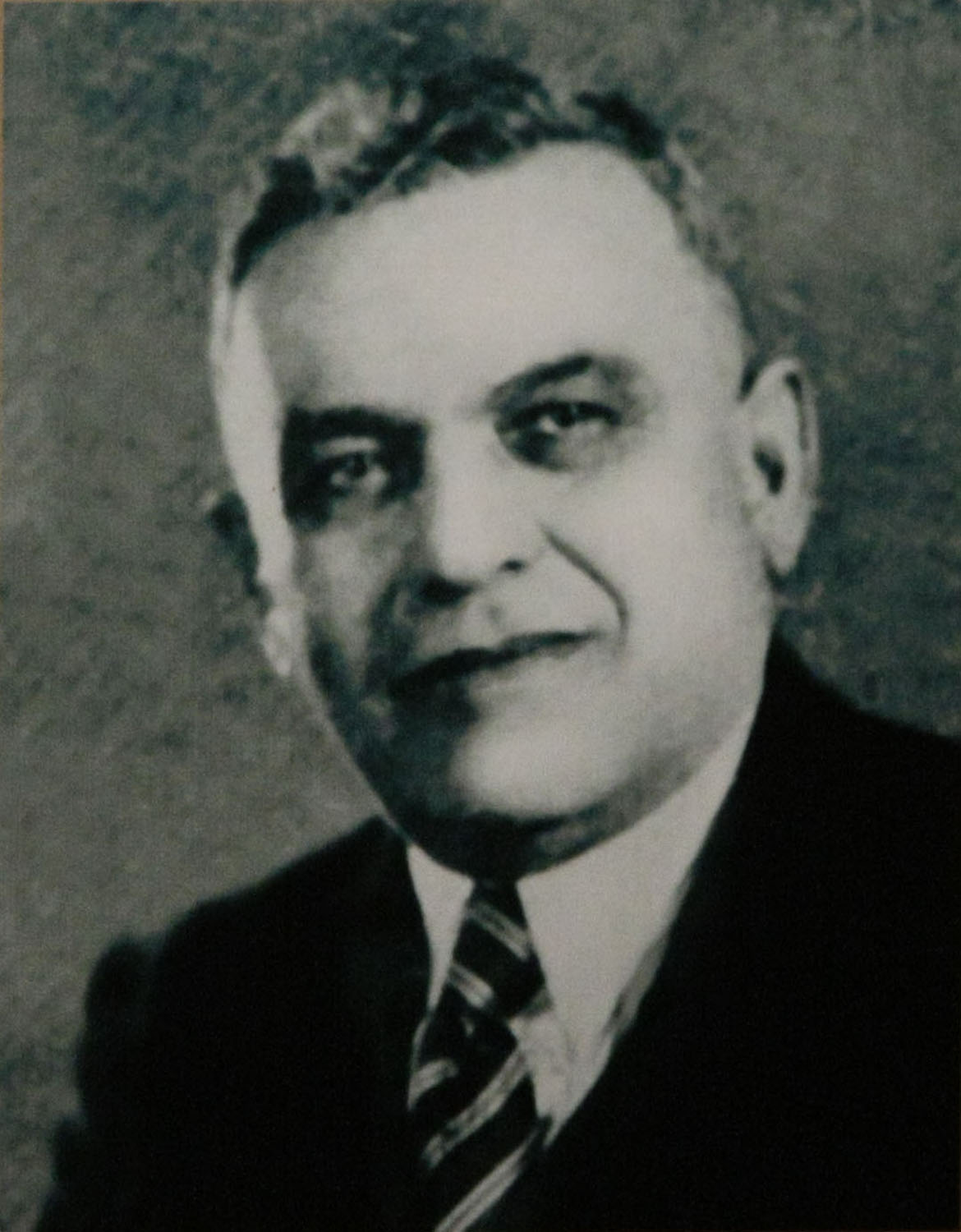 ARMENIAN COOPERATION IN THE TSARDOM OF RUSSIA’S OCCUPATION OF EASTERN ANATOLIA DURING WORLD WAR I
ARMENIAN COOPERATION IN THE TSARDOM OF RUSSIA’S OCCUPATION OF EASTERN ANATOLIA DURING WORLD WAR I
Ahmet Can ÖKTEM 23.11.2020 -
 NEW ARTICLE ON SULTAN ABDULHAMID II’S OUTLOOK ON THE ARMENIAN QUESTION
NEW ARTICLE ON SULTAN ABDULHAMID II’S OUTLOOK ON THE ARMENIAN QUESTION
Ahmet Can ÖKTEM 22.05.2025
-
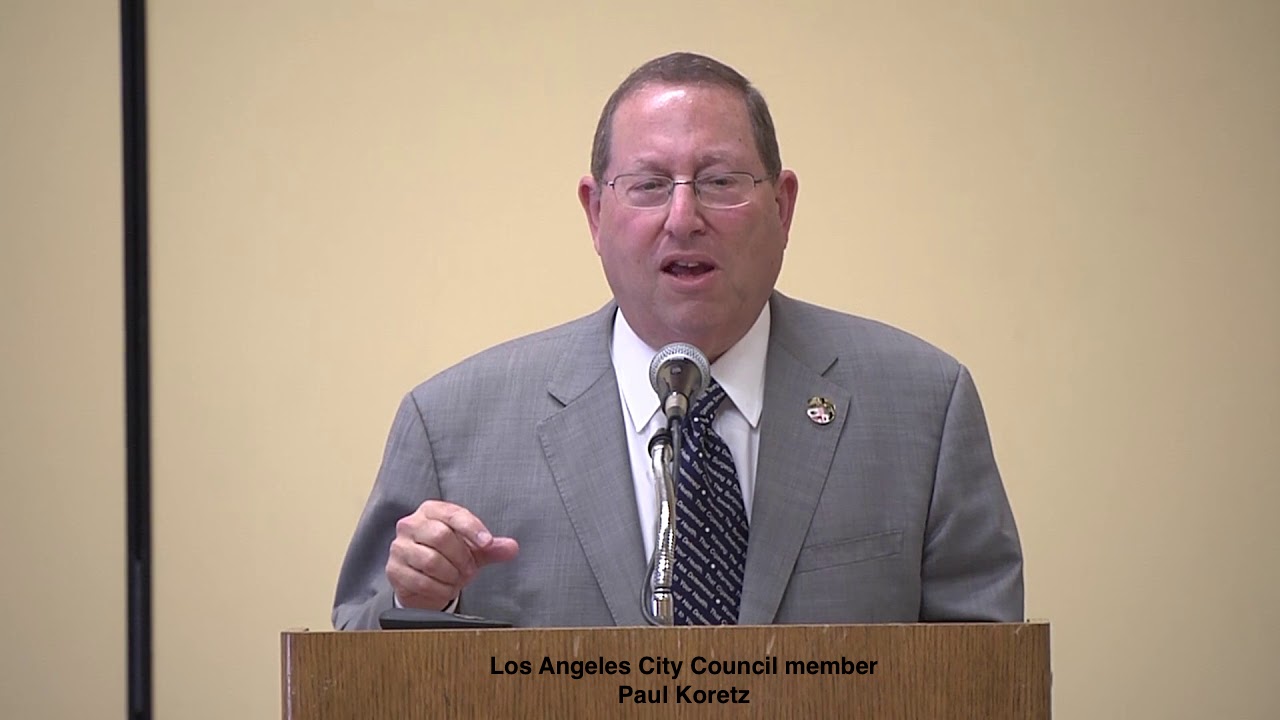 HATE SPEECH PUT INTO ACTION AGAINST TURKEY AND TURKS: FOUL-SMELLING PROVOCATION
HATE SPEECH PUT INTO ACTION AGAINST TURKEY AND TURKS: FOUL-SMELLING PROVOCATION
AVİM 31.01.2019 -
COURT VERDICTS AGAINST ARMENIANS ARE BECOMING THE RULE
Alev KILIÇ 05.05.2014 -
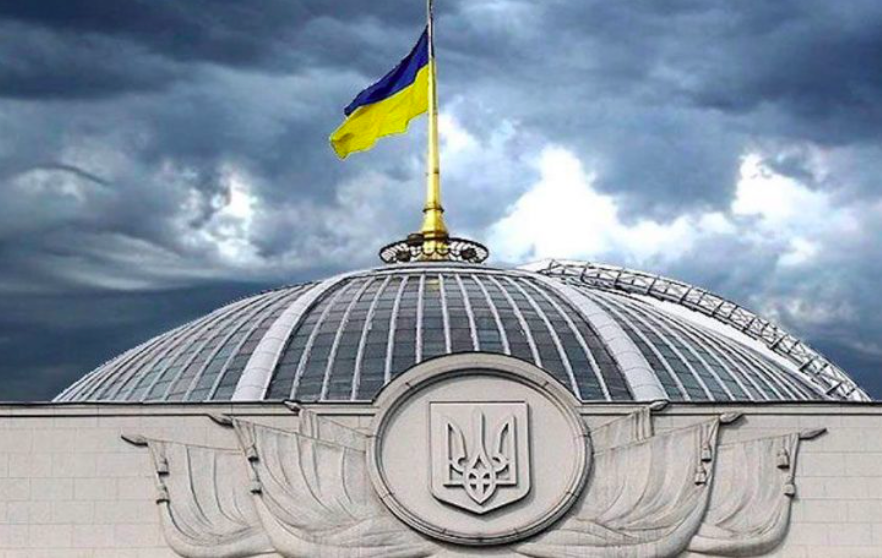 UKRAINE’S DECISION CONCERNING “THE STATUS OF INDIGENOUS PEOPLES”
UKRAINE’S DECISION CONCERNING “THE STATUS OF INDIGENOUS PEOPLES”
Şevval Beste GÖKÇELİK 11.08.2021 -
 WHERE DO ARMENIA AND ARMENIANS GO WRONG – A NEW YEAR’S WISH
WHERE DO ARMENIA AND ARMENIANS GO WRONG – A NEW YEAR’S WISH
Alev KILIÇ 27.12.2015 -
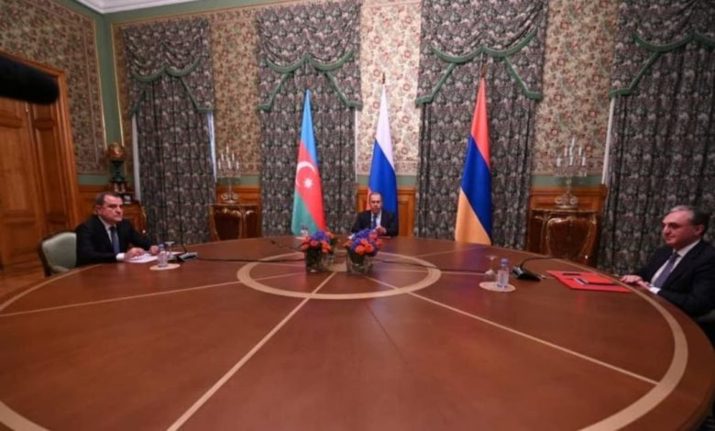 THOUGHTS ON THE PROSPECTIVE ‘PEACE TALKS’ AFTER THE RECENT ESCALATION IN KARABAKH
THOUGHTS ON THE PROSPECTIVE ‘PEACE TALKS’ AFTER THE RECENT ESCALATION IN KARABAKH
Turgut Kerem TUNCEL 12.10.2020
-
25.01.2016
THE ARMENIAN QUESTION - BASIC KNOWLEDGE AND DOCUMENTATION -
12.06.2024
THE TRUTH WILL OUT -
27.03.2023
RADİKAL ERMENİ UNSURLARCA GERÇEKLEŞTİRİLEN MEZALİMLER VE VANDALİZM -
17.03.2023
PATRIOTISM PERVERTED -
23.02.2023
MEN ARE LIKE THAT -
03.02.2023
BAKÜ-TİFLİS-CEYHAN BORU HATTININ YAŞANAN TARİHİ -
16.12.2022
INTERNATIONAL SCHOLARS ON THE EVENTS OF 1915 -
07.12.2022
FAKE PHOTOS AND THE ARMENIAN PROPAGANDA -
07.12.2022
ERMENİ PROPAGANDASI VE SAHTE RESİMLER -
01.01.2022
A Letter From Japan - Strategically Mum: The Silence of the Armenians -
01.01.2022
Japonya'dan Bir Mektup - Stratejik Suskunluk: Ermenilerin Sessizliği -
03.06.2020
Anastas Mikoyan: Confessions of an Armenian Bolshevik -
08.04.2020
Sovyet Sonrası Ukrayna’da Devlet, Toplum ve Siyaset - Değişen Dinamikler, Dönüşen Kimlikler -
12.06.2018
Ermeni Sorunuyla İlgili İngiliz Belgeleri (1912-1923) - British Documents on Armenian Question (1912-1923) -
02.12.2016
Turkish-Russian Academics: A Historical Study on the Caucasus -
01.07.2016
Gürcistan'daki Müslüman Topluluklar: Azınlık Hakları, Kimlik, Siyaset -
10.03.2016
Armenian Diaspora: Diaspora, State and the Imagination of the Republic of Armenia -
24.01.2016
ERMENİ SORUNU - TEMEL BİLGİ VE BELGELER (2. BASKI)
-
AVİM Conference Hall 24.01.2023
CONFERENCE TITLED “HUNGARY’S PERSPECTIVES ON THE TURKIC WORLD"









